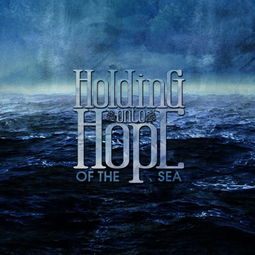Content:
Fishing in water that has a dark tint can be challenging, but with the right techniques and strategies, anglers can still enjoy successful outings. The dark coloration of the water can be caused by various factors such as tannins from leaves, organic matter, or even natural minerals. Here are some tips and techniques to help you master the art of fishing in water with a dark tint.
Choose the Right Gear
When fishing in dark water, it's crucial to use gear that can withstand the conditions and provide the best visibility. Here are some gear recommendations:
a. Dark-colored lures: Opt for lures that match the color of the water. Darker colors like black, dark blue, or dark green can help your lure blend in with the surroundings and increase the chances of attracting fish.
b. High-visibility rods and reels: Use rods and reels with bright handles and guides to make them easier to spot in dark water.
c. Monofilament line: Monofilament line is less visible in water compared to braided line, which can be a good choice for fishing in dark conditions.
Adjust Your Approach
Fishing in dark water requires a different approach compared to clear water. Here are some tips to help you adjust your technique:
a. Slow down: Fish in dark water tend to be more cautious and less likely to strike at a fast-moving lure. Slow down your retrieve and allow your bait to sink more naturally.
b. Use finesse techniques: Finesse techniques such as Texas rigging, Carolina rigging, or drop-shotting can be effective in dark water as they present a more natural presentation to the fish.
c. Target deeper water: Fish often seek out deeper, darker areas in water with a high level of organic matter. Look for submerged logs, rocks, or other structure that can provide shelter and attract fish.
Pay Attention to Weather and Time of Day
The weather and time of day can significantly impact fishing in dark water. Here are some factors to consider:
a. Overcast days: Fish are often more active on overcast days, as they are less likely to be spooked by bright sunlight. Plan your fishing trips for these days to increase your chances of success.

b. Early morning and late evening: Fish are more likely to feed during these times, so try to fish during these periods when the light is less intense.
c. Windy conditions: Wind can help push organic matter to the surface, making the water appear darker. This can be a good time to fish as fish may be more concentrated in certain areas due to the increased cover.
Use a Scent Strategy
In dark water, fish may rely more on their sense of smell to locate food. Here are some scent strategies to consider:
a. Artificial scents: Use lures or attractants with strong scents that mimic natural food sources. Scents like garlic, anise, or strawberry can be effective in dark water.
b. Live bait: If you're using live bait, ensure it's in good condition and doesn't have a strong, overpowering odor that could spook the fish.
c. Natural attractants: Consider using natural attractants like corn, dough, or other food sources that fish are known to be attracted to.
Patience and Persistence
Fishing in dark water can be frustrating at times, especially when the fish are not biting. It's important to remain patient and persistent. Here are some tips to help you stay focused:
a. Vary your techniques: If one approach isn't working, try changing your lure, retrieve speed, or fishing location.
b. Stay flexible: Be prepared to adapt your strategy as conditions change throughout the day.
c. Learn from experience: Take note of what works and what doesn't, and use that information to refine your approach over time.
By following these tips and techniques, you'll be better equipped to tackle the challenges of fishing in water with a dark tint. Remember that persistence and a willingness to experiment with different strategies are key to success in these conditions. Happy fishing!












